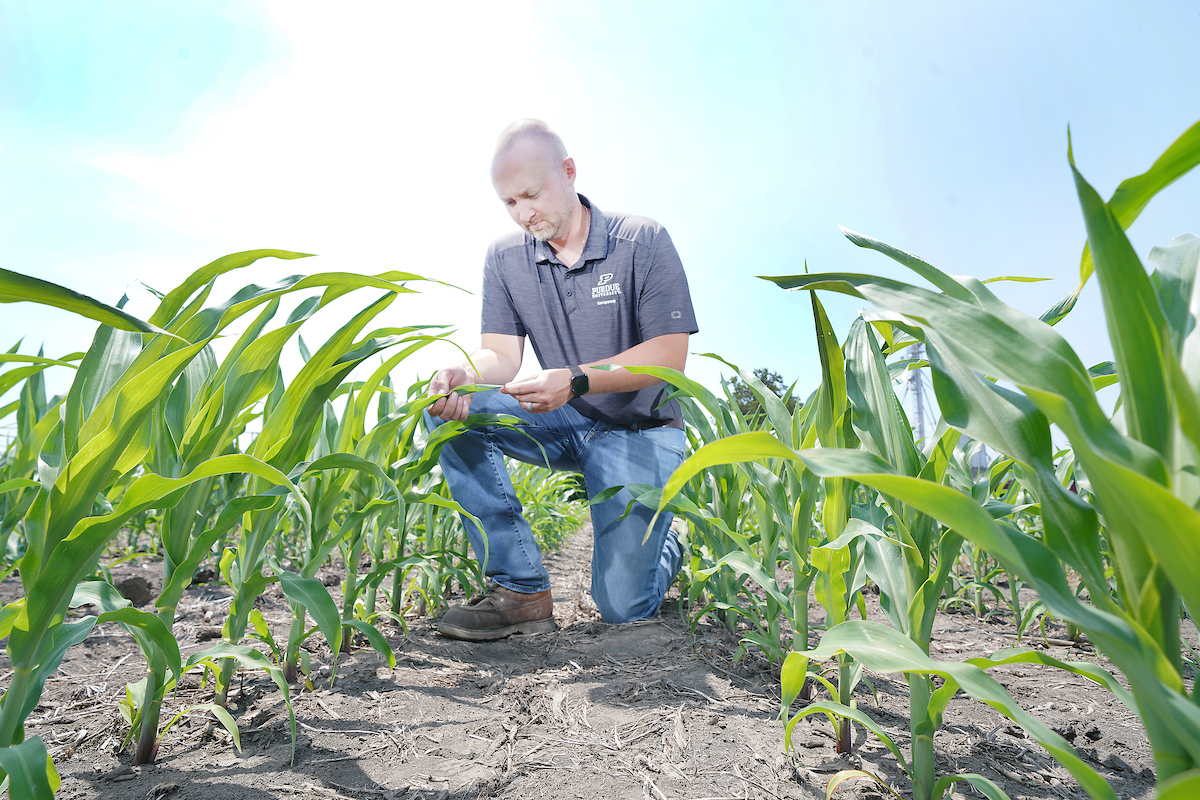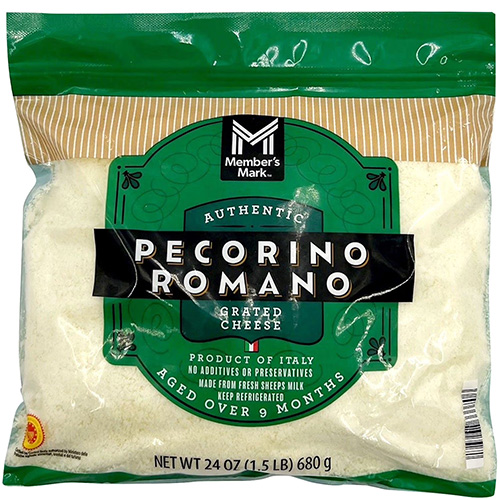Effects of wildfires on commodity crops can be good or bad, but much remains up in the air
The thick haze of Canadian wildfire smoke persistently blowing down into the United States throughout the month of June left many farmers turning to Dan Quinn for an answer to this common question: How will this poor air quality affect crop development?
Quinn, assistant professor of agronomy and Extension corn specialist, said he still finds himself offering the same answer: it depends, and it’s complicated.
Some of the harm is more obvious, Quinn explains. Wildfire smoke blocks out the sunlight necessary for crops to photosynthesize. But the timing of the Canadian wildfire smoke occurred at an optimal period during the corn growth cycle.
“Between corn and soybeans, corn is a little more susceptible to reductions in light. The wildfire smoke came through in June when we were experiencing drought-like conditions, and a lot of crops were experiencing stress at that point,” Quinn said. “Those reductions in light reduced leaf surface temperatures and transpiration off those plants, which alleviated some of that stress.”
When corn experiences drought stress, its leaves will begin to roll inward, creating a semi-cylindrical shape. However, drought in soybeans isn’t as visibly noticeable. Even though they are slightly more sensitive to carbon dioxide levels in the air in comparison to corn, Quinn said soybeans still saw some alleviation from drought stress due to the limitations on light.
 Dan Quinn analyzes corn crops for signs of drought in a rural Tippecanoe County field.
Dan Quinn analyzes corn crops for signs of drought in a rural Tippecanoe County field. Despite the temporary benefit in light reduction for crops, wildfire smoke still caused other harmful effects on crops and the environment. Wildfires emit various air pollutants to form ozone when reacting with sunlight, Quinn said. Ozone can cause harm to both corn and soybeans by entering the plant through the stomata, which burns plant tissue during respiration.
Since reductions in sunlight and increases in ozone can cause photosynthesis reductions, corn may also remobilize carbohydrates from the stalks later in the season to satisfy grain fill requirements, thus increasing the potential for weak stalks and lodging prior to harvest. However, looking at this fall’s harvest, Quinn said expectations for yields are high despite the impact of wildfire smoke.
“The USDA is predicting record corn and soybean yields this fall for the state of Indiana, and much of that is thanks to the rainfall we’ve had throughout late July and August,” Quinn said. “Crops were well established going into June, making the environmental hurdles we saw less detrimental. Had the wildfire smoke and drought conditions taken place, or even extended into July, we could have been having a totally different conversation.”
With wildfires becoming more common with climate change, Quinn said this where his “it’s complicated” answer comes into play for farmers questioning how toxic air affects their crops.
“It’s complicated because we see both the positive and the negative impacts, and trying to quantify that is a challenge,” Quinn said. “There are so many different components at play that can create harm to the crops, and it’s hard to tell what is specifically due to wildfire smoke rather than other environmental factors.”





